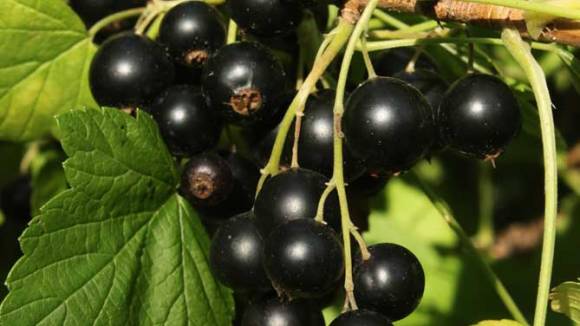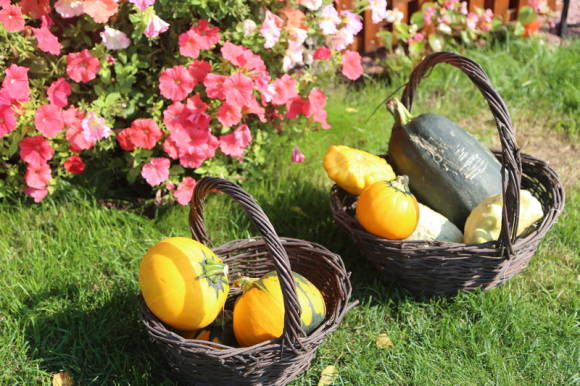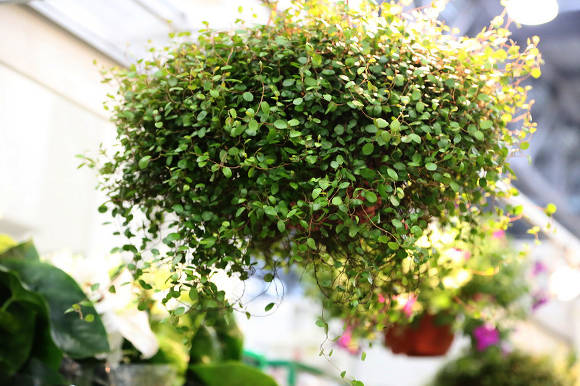 800x600 Normal 0 false false false RU X-NONE X-NONE MicrosoftInternetExplorer4 All parts of the medicinal dandelion have healing properties. In general, dandelions are close relatives of chicory (Cichorium), they have hundreds of species in the world. They have a bitter taste, with which, in the popular sense, the healing properties of these plants are associated. In Greece, for example, where more than 50 types of dandelions are found, this is reflected in a huge number of everyday names - bitterness, bitterness, bitter salad. But we will talk about the native medicinal dandelion. And it is precisely in order to expand the ranks of fans of "dandelion therapy" that this article is intended.
800x600 Normal 0 false false false RU X-NONE X-NONE MicrosoftInternetExplorer4 All parts of the medicinal dandelion have healing properties. In general, dandelions are close relatives of chicory (Cichorium), they have hundreds of species in the world. They have a bitter taste, with which, in the popular sense, the healing properties of these plants are associated. In Greece, for example, where more than 50 types of dandelions are found, this is reflected in a huge number of everyday names - bitterness, bitterness, bitter salad. But we will talk about the native medicinal dandelion. And it is precisely in order to expand the ranks of fans of "dandelion therapy" that this article is intended. Healing bitterness
Dandelion root contains triterpene compounds (taraxerol, taraxol, taraxasterol, homotaxasterol, pseudotaraxasterol), B-amyrin, B-sitosterol, and stigmasterol, choline, carotenoids (taraxanthin, flavoxanthin, luaxanthin), tri-diol (up to 20%), vitamins A, B1, V2, C, PP, a significant amount of inulin (up to 40%), rubber (up to 3%), choline, asparagine, nncotinamine, glycerides of palmitic, oleic, lemon balm and cerotinic acids, malic acid, mucus, resins, calcium and potassium salts.
The roots contain significant amounts of macronutrients (mg / g): potassium - 2.9, calcium - 6.4, magnesium - 1.4, iron - 0.9. The plant concentrates such important trace elements as copper, selenium, zinc.
About the preparation of the root in detail - on the page Dandelion medicinal
From Avicenna to the present day
Avicenna called him "tarakhshakuk". The juice of a fresh plant was used in the treatment of dropsy, to reduce an eyesore. For scorpion bites, I made bandages from a fresh plant. Freckles, spots on the skin were taken out with dandelion. Theophrastus refers to the dandelion as "apapi". Dioscorides recommended it for stomach pain, and the Roman Virgil for pain in the liver. We also find information about dandelion as a medicinal plant from scientists of the 16th century. Fuchs and Gesner.
Dandelion leaves and roots were widely used in Russia in the treatment of gastrointestinal diseases, kidney diseases, edema of the legs, the initial stages of dropsy, skin diseases, scrofula, and leprosy.
Root Powder took 1.5-2.0 g 3 times a day. Root decoction dandelion was drunk for chest, colds, high fever. It was prepared at the rate of 60-90 g of grass and root per 1 liter of water. This amount was evaporated by half, 2 crushed egg yolks were added.
Since ancient times, dandelion juice has been used to remove freckles and blemishes on the skin. For oral administration, the squeezed juice of the plant was given with meat stew or milk whey. With long-term treatment, 60 ml of juice was prescribed per dose. Whole plant sap after infusion with an alcoholic liquid, it was taken for red spots on the skin, scabies, malaria, urolithiasis, 90-120 ml per day. In Central Asia, dandelion juice was used to kill warts.

In French medicine, dandelion leaves are used as a diuretic and the roots as a choleretic. Even the French plant name "pissenlit" literally translates as "pipi in bed." In addition, due to the diuretic effect in combination with blood-purifying and the ability to lower cholesterol, dandelion, when taken for a long time, helps to normalize blood pressure in hypertensive patients. The roots, having a choleretic and mild laxative effect, contribute to the elimination of toxins from the body, and this partly explains the beneficial effect of dandelion preparations for eczema, neurodermatitis, diabetes and even for preventing the development of cellulite! In addition, consuming dandelion regularly prevents the formation of gallstones.
In China, all parts of the plant are used as a tonic, and the leaves as part of complex collections were prescribed for impotence due to alcoholism, prostatitis and sexually transmitted diseases.
Currently, in scientific medicine, the root infusion is recommended as a bitterness to stimulate appetite, as a choleretic agent and for constipation. Dandelion extract thick is used as a filler for the preparation of dosage forms. It is included in the appetizing and choleretic fees.
Infusion prepare at the rate of 1 teaspoon of crushed root per 200 ml of boiling water. Drink 1/4 cup 3-4 times a day half an hour before meals.
The plant acts as a tonic for anemia and asthenia, has a tonic and calming effect on the nervous system. Recommended for neuroses and insomnia. Dandelion preparations are indicated for diseases of the spleen, gout, allergic diseases, nephrolithiasis, hemorrhoids, furunculosis and vitamin deficiency. Dandelion stimulates lactation.

It is advisable to include dandelion in fortifying fees for radiation sickness, since it has radioprotective properties.
Outwardly, the juice of the plant is used for freckles and to remove warts and liver spots on the skin. Dandelion extract and condensed juice were recommended for hypochondria, persistent rheumatism, jaundice, and rashes.
There is information about the use of dandelion roots in the treatment of atherosclerosis, rheumatism, anemia, asthenia, obesity, helminthic invasion, kidney and bladder diseases. A teaspoon of roots in a glass of milk tones the intestines, eliminates chronic constipation (especially with hemorrhoids), improves metabolism and has a sedative effect.
Dandelion root is part of ointments for eczema... The juice is used externally for freckles, liver spots on the skin.
Fresh, squeezed juice from the leaves half with water, boiled for two minutes, reduces joint pain, especially with gout. Take it in a tablespoon 30 minutes before meals. The juice is also used as a diaphoretic, diuretic and antipyretic agent, as well as an anti-sclerotic and anthelmintic drug.
However, despite the large number of diseases for which dandelion is used and its harmlessness, you should not use this plant for heart failure. Like all diuretics, it removes potassium. In addition, in the presence of large kidney stones, they can move under the influence of dandelion and lead to undesirable consequences.
In veterinary medicine, root powder is mixed with feed (oats, bran, crushed grass) or medicinal cereals for many of the above diseases. Root dosages for cattle - 15-50 g, small ruminants - 3-10, pigs - 2-8, dogs - 0.5-2.0, chickens - 0.1-1.0 g.
For salad and coffee
In France, a dandelion with larger and delicate leaves is cultivated as a garden crop. Young leaves are eaten together with other vegetables or separately with vinegar and pepper.
Dandelion leaves are used to prepare medicinal salads, especially in early spring with vitamin deficiency. Their bitter taste is easily removed if the leaves are kept in salted water for 30 minutes for half an hour. Young plant leaves are harvested before flowering. Add green onions, salt, vinegar, vegetable oil or mayonnaise, hard eggs as seasonings. But dandelion salad with sea buckthorn oil, it is doubly useful.
Dandelion Recipes: Fried dandelion rosettes with meat, Meat salad with dandelion leaves, Spring salad, Dandelion salad with sea buckthorn oil, Longevity herb salad, Dandelion liqueur, Dandelion wine, Supervitamin salad, Dandelion leaf salad.
In winter, fresh leaves were stored for salads in cellars, covered with earth. Dandelion roots are similar in action to chicory root and are surrogate coffee... In this case, the roots must be roasted. Those who drink this coffee have extraordinarily beautiful skin.
In French medicine, a tonic and restorative salad made from equal parts of dandelion leaves, cucumber herb and calendula flowers is recommended. All this is seasoned with spices and olive oil. We cannot vouch for the taste, but there are many benefits.









